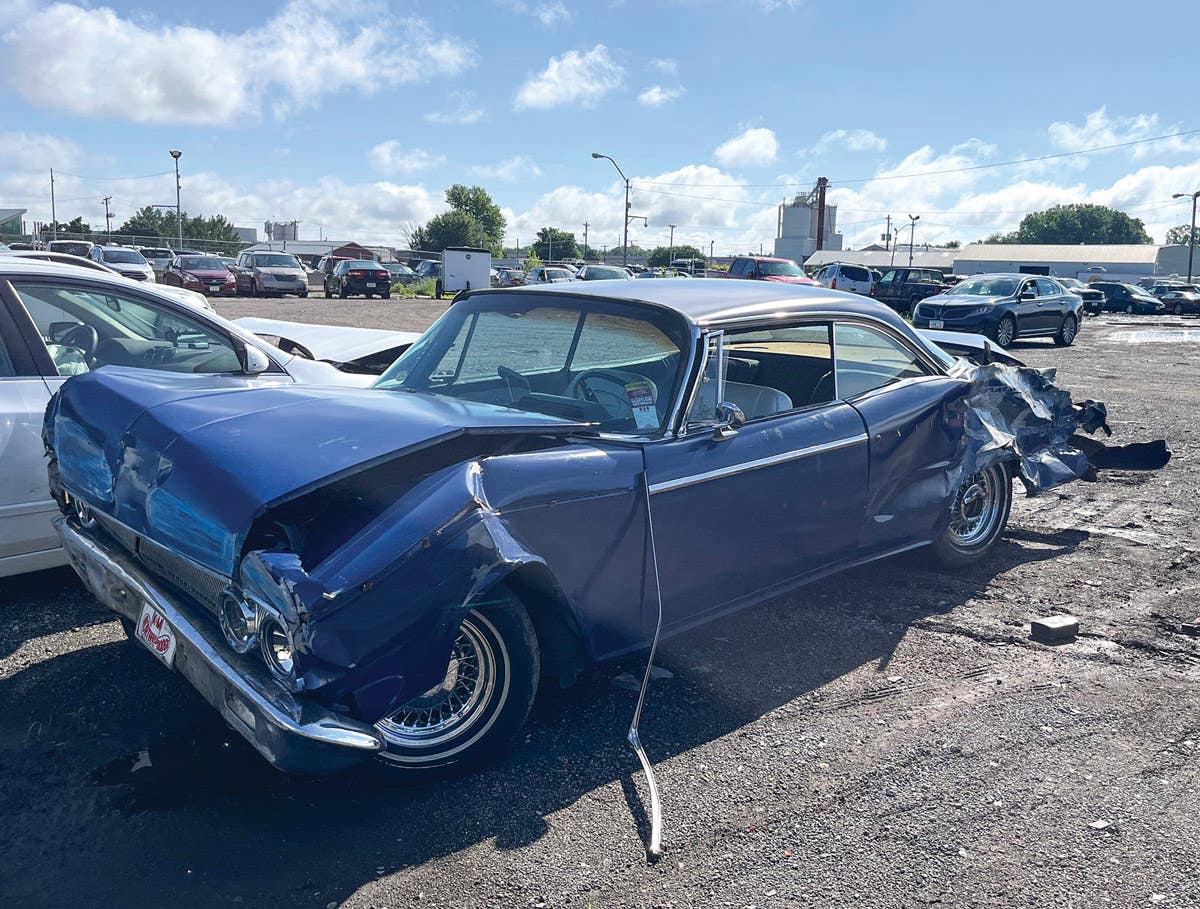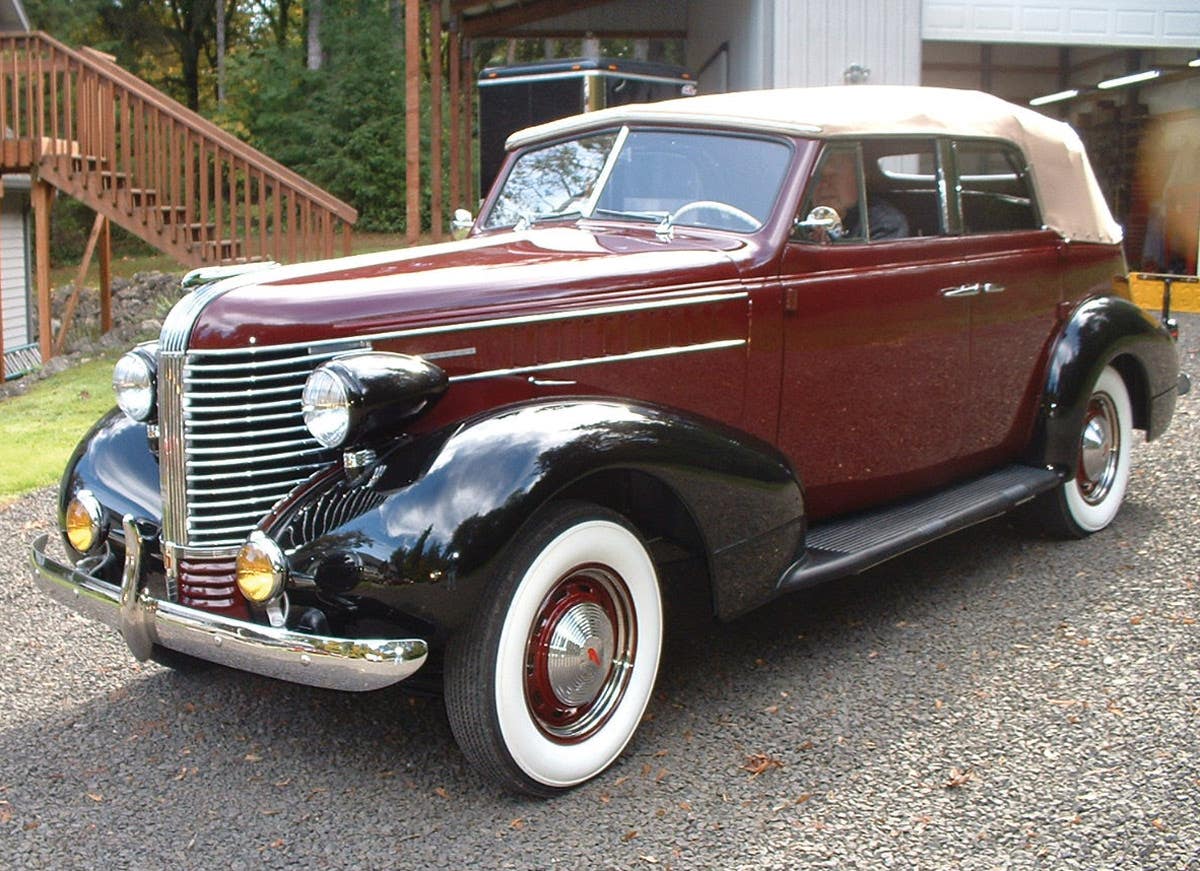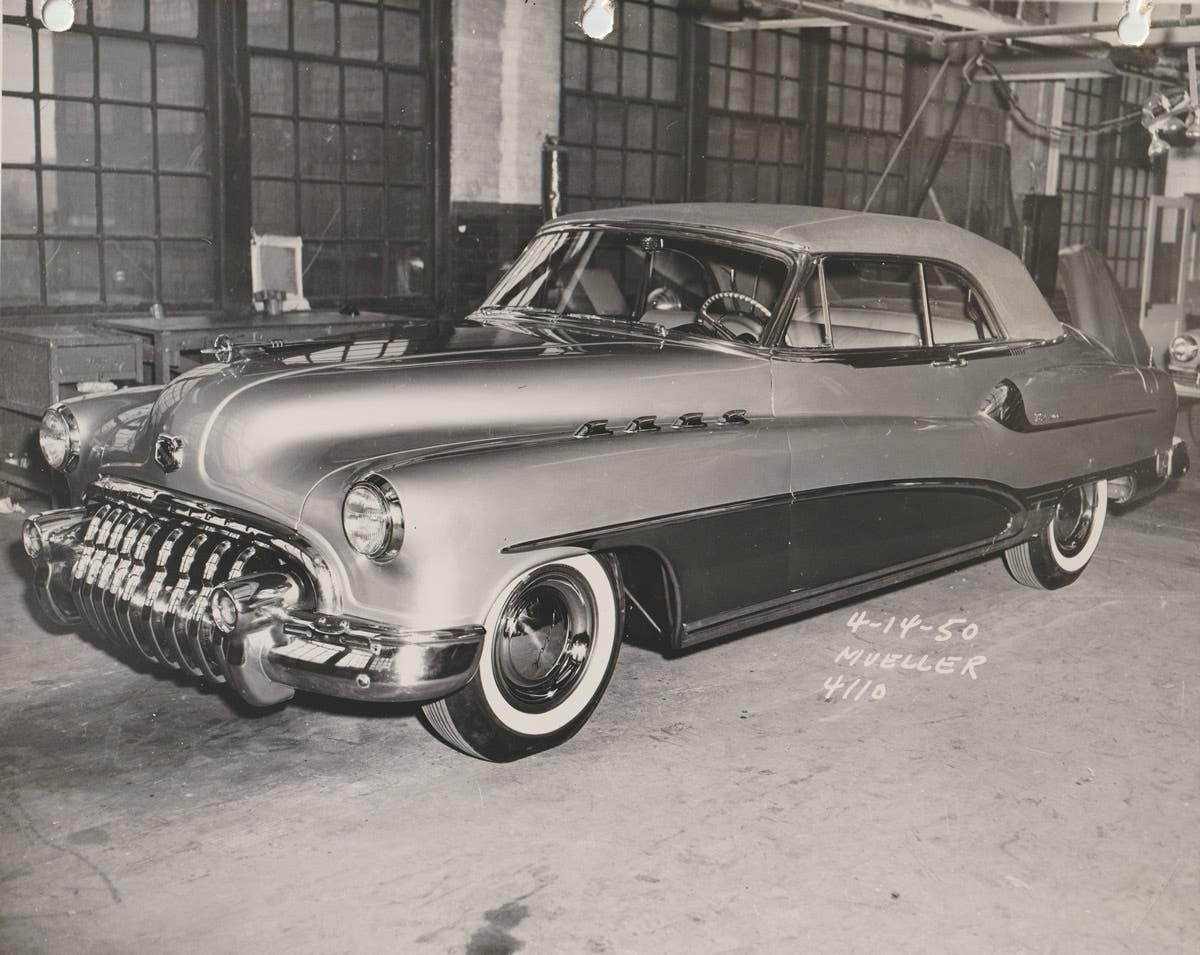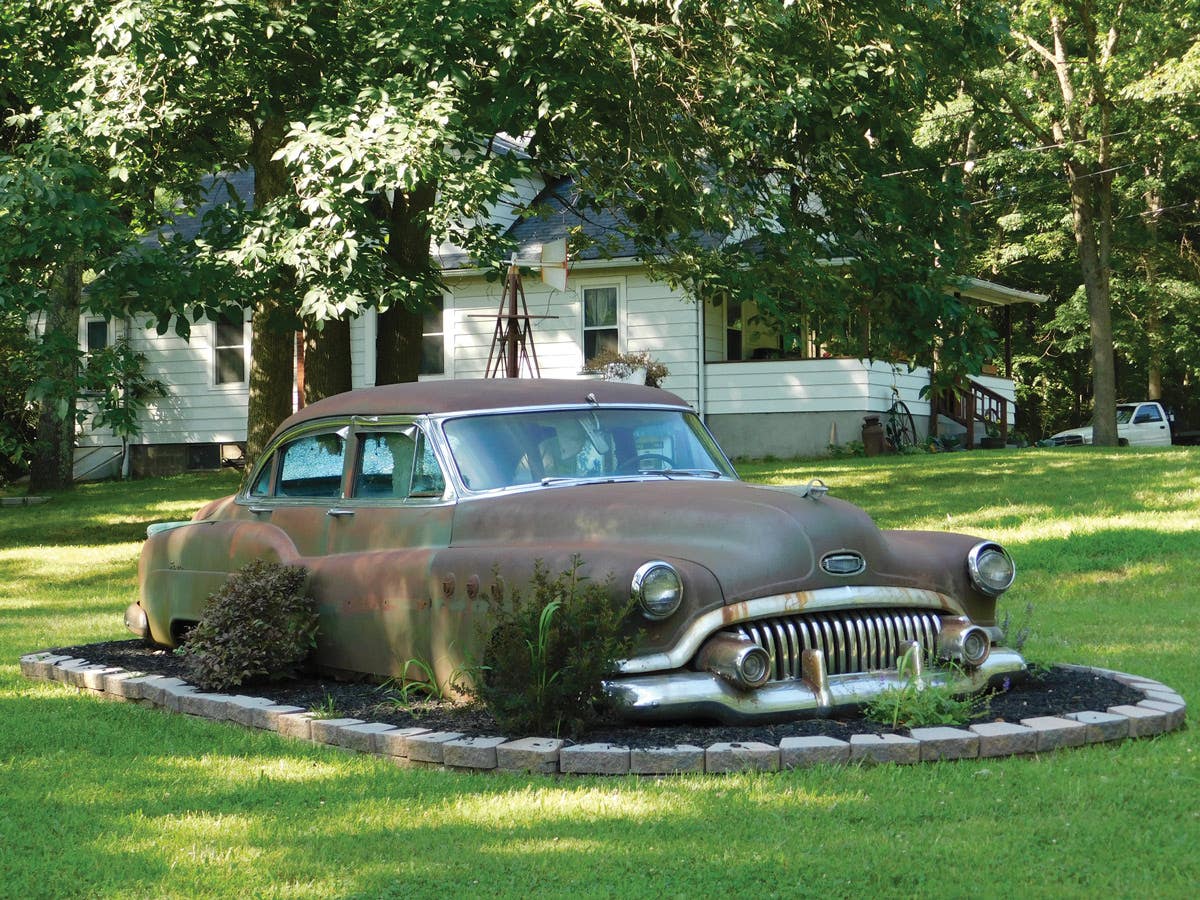Q&A with Kit Foster: June 25, 2015
Q. I just read about the shocking horn button in the 1947 Ford (May 21). This has nothing to do with battery voltage, as 6 or 12 volts DC will…
Q. I just read about the shocking horn button in the 1947 Ford (May 21). This has nothing to do with battery voltage, as 6 or 12 volts DC will not shock anybody, but has to do with inductive magnetic field collapse of the horn’s actuation coil [in the horn relay]. When the battery voltage is applied to the horn’s coil (when the horn button is pressed), a magnetic field builds up in the metal core the coil is wound around, and this actuates the horn. Contacts in the horn flex open and closed rapidly, which makes the horn vibrate to produce sound. When the voltage is removed from the horn coil, as the internal contacts “chatter” open and shut, the magnetic field in the metal core keeps building and collapsing, generating current (and voltage) “spikes” in the coil that are considerably higher voltage than the car battery — this is what you feel in the horn button, because the horn button metal must be connected to one terminal of the horn. In a similar way, engine ignition spark voltage is generated when ignition points open and the field in the ignition coil’s core, which was put there by the battery, collapses.
Being a retired electrical engineer, I have an easy fix for this. Put a diode backwards across the horn coil — that is, across the relay terminals. If it only has one terminal, put it between that terminal and ground. Wire the diode so its arrow (banded end) is on the terminal where the battery positive voltage is applied (this would be ground for a positive ground car). The diode will not pass any current from the battery, but when the horn’s field collapses into its coil, the polarity is reversed so the diode shunts all the current around the coil, only letting voltage built to 0.6 volts across the diode, eliminating shock. Note that if you put the diode in the wrong direction, you will kill it the first time you push the horn button. I’d use a diode with at least a 50-volt rating and at least one amp current rating. You can buy them at Radio Shack for a buck or two.
— Dave Stanton, via e-mail
A. That makes sense. Then the horn button/ring contacts are acting like breaker points, and when the circuit is opened the voltage wants to jump a gap, in this case, the person who’s touching the ring, which, being die cast metal, is a good conductor. Harold Hagen in Seattle, whose dad had a ’46 Ford coupe with the same habit, also proposed this remedy, with which I concur. He suggests an NTE 125 diode. However, I still wondered if all Fords of that era behaved that way, perhaps even from new. They were not supposed to. William Gillies explains:
“Re: getting shocked when honking the horn, one has to go back to Lincoln Mercury Service News, April 1947, to find the answer. I’ll copy the paragraph: ‘Horn Button Electrical Shock—Lincoln-Mercury (this holds true for Ford, too): A 16-ohm 7-inch nichrome wire is attached across the Horn Relay Solenoid between two external tabs on the relay. It can be identified by its black insulation of which a portion of its loop is woven into the loom. If this resistance wire is broken a slight shock can be felt when the horn button is released after sounding the horn.’
“You will not find this resistance wire on any aftermarket looms. If you look really closely at the horn relay on old wiring diagrams from Ford you will see a faint squiggly line between two posts of the relay. There’s no mention of what it is, but that’s the missing part that prevents the shock. I had a 1948 Mercury convertible and I thought I was getting pinched by the window when I had my arm out. It took a lot of head scratching to find the cause. I would think a 16-ohm resistor might do the same.”
Dan Krehbiel also wrote in from California with Ford’s 1949 fix for this problem: part number 11A-13482-D, a coil of resistance wire that could be soldered in place if the original in the harness was broken.
Q. A question was raised in the Dec. 4, 2014, Q&A regarding window cleaners. My mechanic suggested car wax. I thought he was joking, but I tried it and it works. It applied and wiped off easily. He said that rain wiped off more easily with the wipers, and bug splatter cleaned off easier. I used this on my classic car windows, so you would need to decide if it would be a good for an everyday driver.
— Mike Herold, North Huntingdon, Pa.
A. Years ago there was a product called “Glass Wax” that my cousins used on their cars. That may be the same idea. In fact, Glass Wax is still around. True Value hardware stores sell it as a “No Streak Glass Polish, A True Professional Grade Polish That Provides Better Shine & Works Harder on Hard Water Spots Even Works In Direct Sunlight.” I haven’t tried it, so your success may vary.
To submit questions to this column: E-mail angelo.vanbogart@fwmedia.com or mail to: Q&A, c/o Angelo Van Bogart, 700 E. State St., Iola, WI 54990-0001.
Got Old Cars?
If you don't subscribe to Old Cars Weekly magazine, you're missing out on the only weekly magazine in the car hobby. And we'll deliver 50 issues a year right to your mailbox every week for less than the price of a oil change! Click here to see what you're missing with Old Cars Weekly!
More Resources for Car Collectors:
- Classic car price guides, research, books, back issues of Old Cars Weekly & more
- Get expert restoration advice for your classic car
- Get car pricing, data and history all in one place
- Sign up for Old Cars Weekly's FREE email newsletter
- Need to buy or sell your classic car? Looking for parts or memorabilia? Search our huge online classified marketplace







